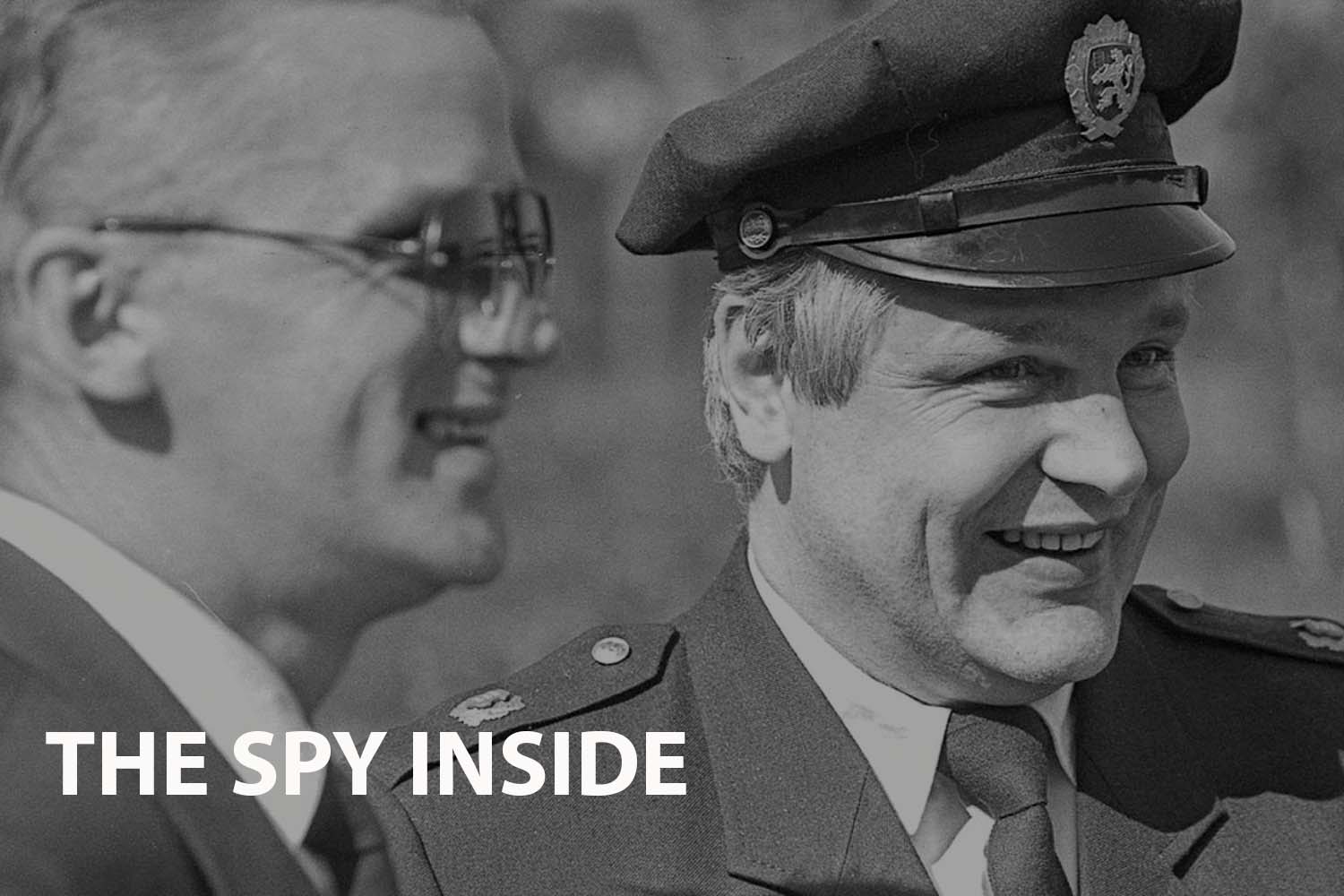Keywords: Espionage, Cold War, KGB, NATO, Herman Simm, military secrets, Kremlin, spy network, intelligence, national security, betrayal. Three words: 'Espionage' 'Betrayal' 'Intrigue'
Introduction
"The Spy Inside," directed by Erle Veber and released in 2010, offers an astonishing account of one of the most infamous cases of espionage in modern history. The documentary focuses on Herman Simm, the highest-ranking KGB spy who infiltrated NATO for over 13 years, selling its military secrets to the Kremlin.
Synopsis
"The Spy Inside" paints a gripping narrative of Herman Simm, a seemingly loyal NATO official who, in reality, was a KGB spy. The documentary uncovers how Simm managed to infiltrate NATO's highest ranks, betraying his allies by selling their military secrets to Russia. His actions shook NATO to its core, revealing its vulnerability to infiltration and espionage.
More Film Analysis
Analysis
"The Spy Inside" uses a mix of interviews, archival footage, and dramatic reenactments to deliver a detailed account of Simm's clandestine activities. Veber's approach to storytelling is commendable, seamlessly blending historical facts with suspenseful storytelling. The depth of research and exploration into Simm's life and actions provides viewers with an immersive experience into the world of espionage.
Historical and Factual Context
Herman Simm's actions took place during the post-Cold War era, a time when tensions between NATO and Russia were still high. Understanding this historical context is critical to comprehend the magnitude of Simm's actions and their implications for global security.
Key themes in the film
- Betrayal and Deception
- National Security
- Espionage and Intelligence
- Cold War Tensions
Film Comparisons
"The Spy Inside" can be likened to other espionage documentaries such as "Spy Wars with Damian Lewis" or "The Mole: Infiltrating North Korea," offering viewers a unique perspective on the world of international espionage.
Noteworthy Moments
One of the most significant moments in "The Spy Inside" is the revelation of Simm's identity as a KGB spy, a moment that sends shockwaves through NATO.
Reviews
As a relatively niche documentary, "The Spy Inside" has not been widely reviewed. However, viewers have praised it for its compelling narrative and in-depth exploration of a significant espionage case.
Conclusion
"The Spy Inside" is a must-watch for those interested in espionage, Cold War history, and international relations. The documentary provides a detailed account of one of the most shocking betrayals in NATO's history, making it a captivating viewing experience.
More film information:
FILM SUMMARY
- Genre: Documentary
PERSONALITIES
- Herman Simm: The central figure of the documentary, a high-ranking NATO official who betrayed his allies by selling military secrets to the Kremlin.
LOCATIONS
- NATO Headquarters
- Russia
- Estonia
Key Questions Raised by the Film:
- How did Herman Simm manage to infiltrate NATO?
- What were the implications of Simm's actions on NATO and global security?
- How has NATO changed its security measures in response to Simm's betrayal?
Links for Further Exploration:
I wonder what the film would be in another art form



- If this film was a famous book, it would be John le Carré's "Tinker, Tailor, Soldier, Spy" due to its intense espionage plot.
- If this film was a famous song, it would be "Secret Agent Man" by Johnny Rivers, reflecting the clandestine nature of Simm's life.
- If this film was a famous piece of art, it would be "The Scream" by Edvard Munch, symbolizing the shock and despair caused by Simm's betrayal.
- If this film was a famous celebrity, it would be Sean Connery, best known for his role as the super-spy James Bond.
- If this film was a color, it would be grey, reflecting the murky world of espionage and national security.
- If this film was a music style, it would be a suspenseful symphony, mirroring the tension and intrigue in Simm's story.








